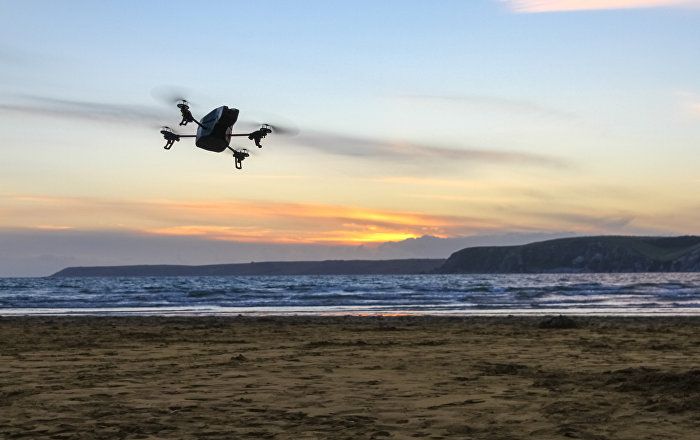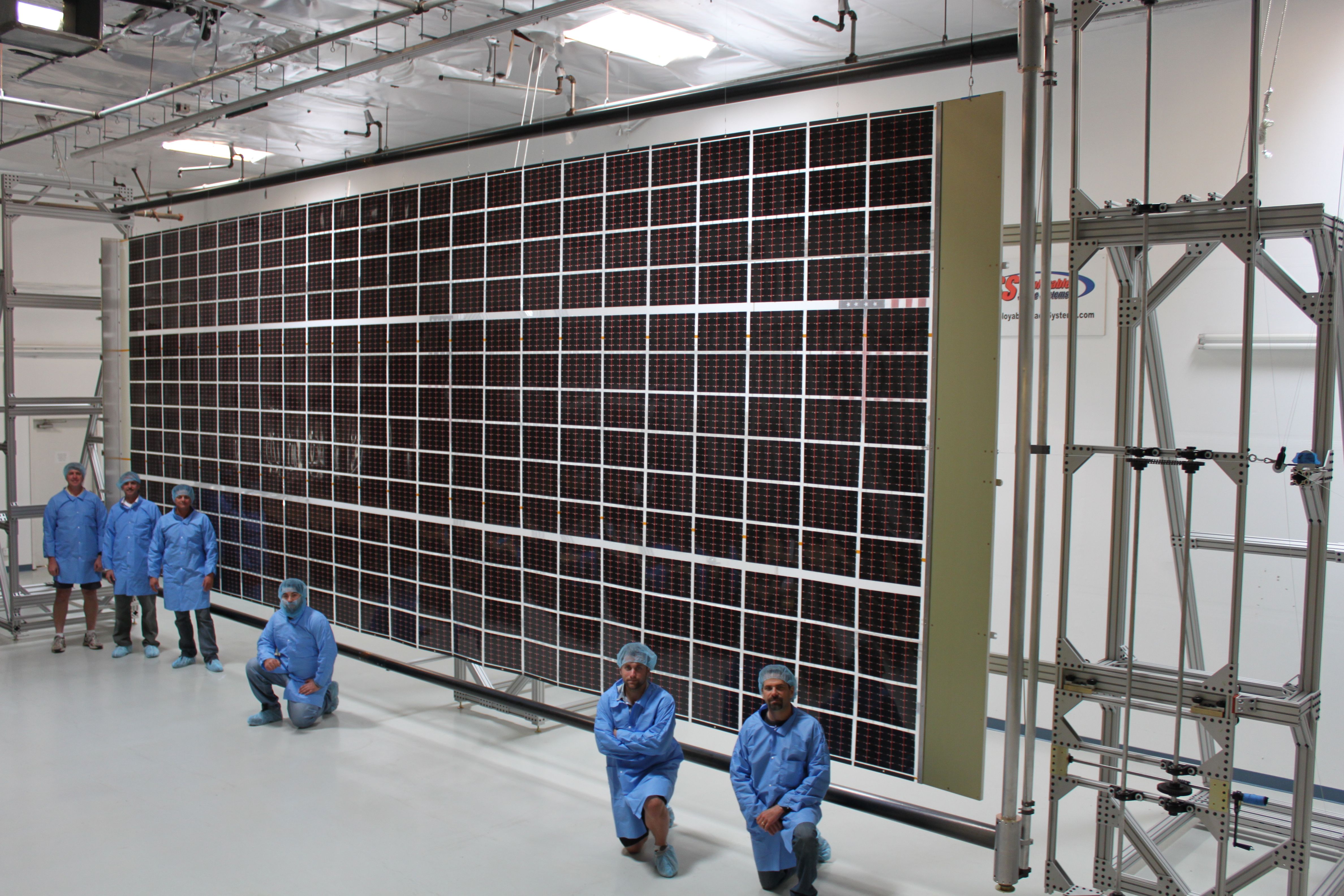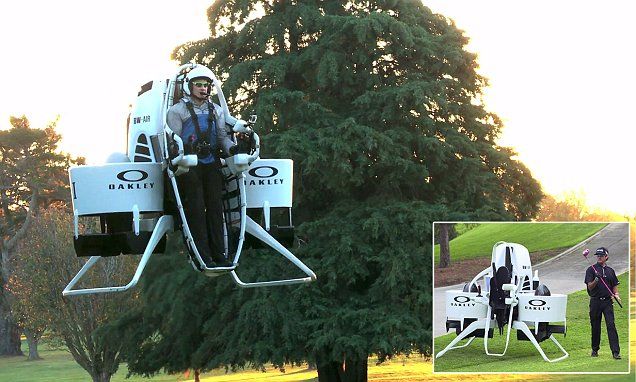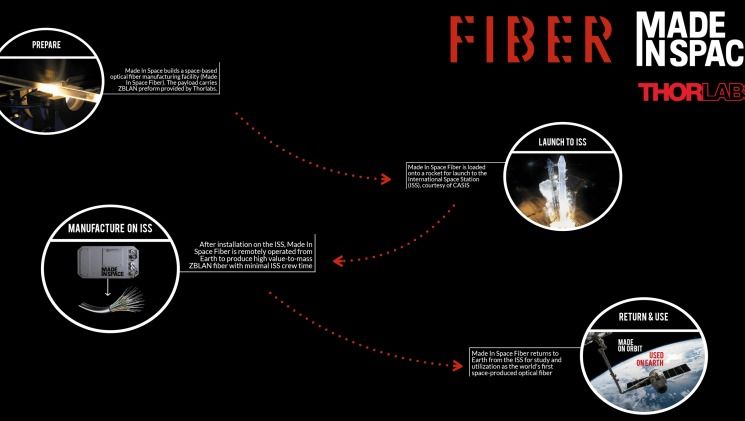Jul 20, 2016
Atom-scale storage holds 62TB in a square inch
Posted by Shailesh Prasad in categories: computing, mobile phones, particle physics
Storage tech doesn’t get much better than this. Scientists at TU Delft have developed a technique that uses chlorine atom positions as data bits, letting the team fit 1KB of information into an area just 100 nanometers wide. That may not sound like much, but it amounts to a whopping 62.5TB per square inch — about 500 times denser than the best hard drives. The scientists coded their data by using a scanning tunneling microscope to shuffle the chlorine atoms around a surface of copper atoms, creating data blocks where QR code -style markers indicate both their location and whether or not they’re in good condition.
Not surprisingly, the technology isn’t quite ready for prime time. At the moment, this storage only works in extremely clean conditions, and then only in extreme cold (77 kelvin, or −321F). However, the approach can easily scale to large data sizes, even if the copper is flawed. Researchers suspect that it’s just a matter of time before their storage works in normal conditions. If and when it does, you could see gigantic capacities even in the smallest devices you own — your phone could hold dozens of terabytes in a single chip.
Continue reading “Atom-scale storage holds 62TB in a square inch” »








 When people dream about what they want to do in VR, it inevitably involves actually moving around within a virtual environment. But VR locomotion triggers simulator sickness in a lot of people, and solving it is one of the biggest open problems in virtual reality.
When people dream about what they want to do in VR, it inevitably involves actually moving around within a virtual environment. But VR locomotion triggers simulator sickness in a lot of people, and solving it is one of the biggest open problems in virtual reality. 









